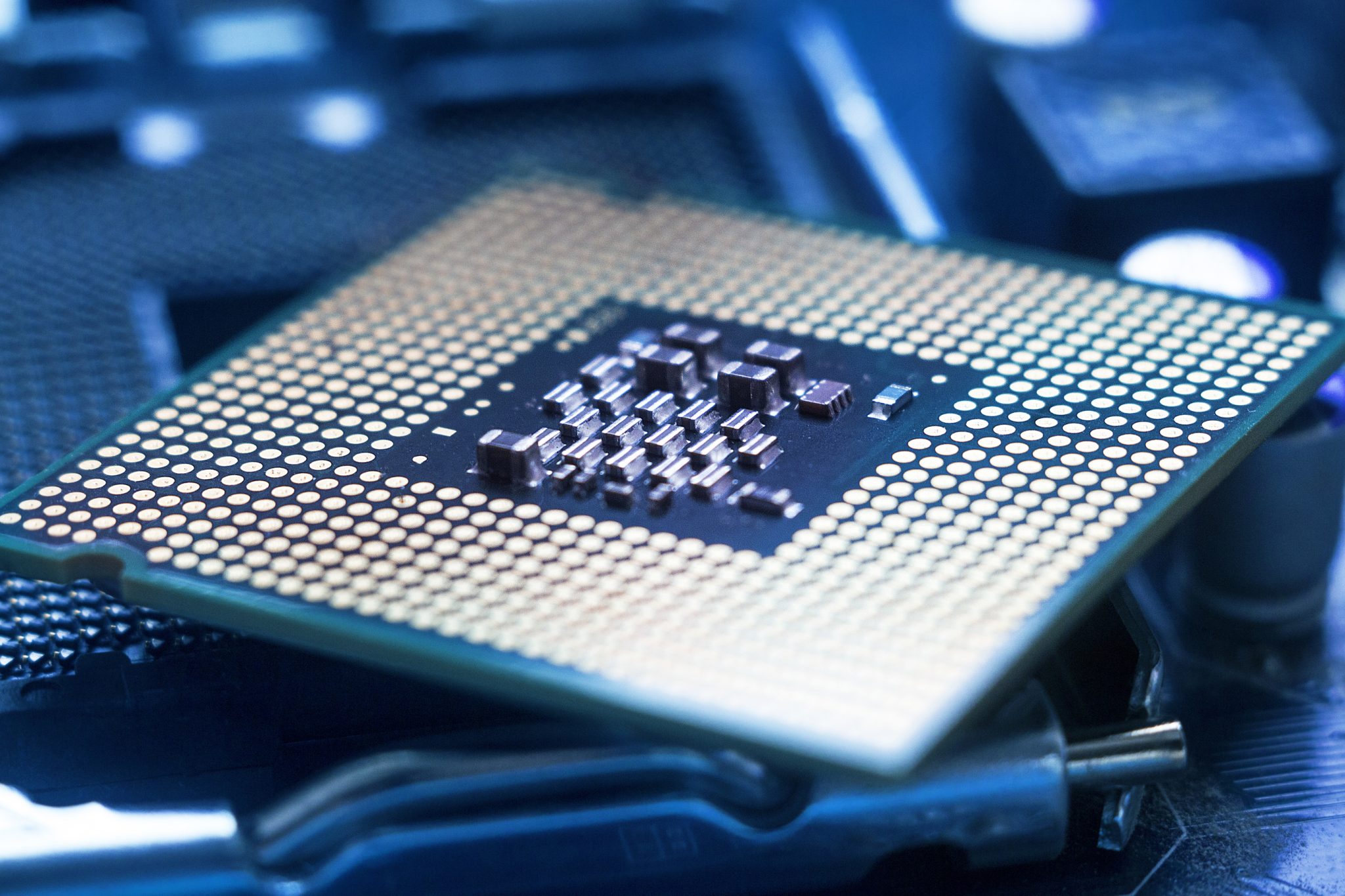Understanding the Different Types of Computer Processors
Explore the diverse world of computer processors, from CPUs to GPUs, and learn how they impact performance and user experience.

Introduction to Computer Processors
Computer processors, also known as central processing units (CPUs), are the brains of your computer. They execute instructions from programs, performing calculations and tasks that allow your device to function. Processors come in various types and architectures, each suited to different needs and performance levels. Understanding the different types of processors is crucial for making informed decisions when purchasing or upgrading a computer. This article will delve into the fundamental types of processors, exploring their characteristics, advantages, and ideal use cases.
Single-Core Processors
Single-core processors were the standard in computing for many years. As the name suggests, they have one core, which means they can handle one task at a time. These processors are suitable for basic tasks like web browsing, word processing, and light gaming. However, their limitations become evident when multitasking or running more demanding applications. While not as prevalent today, single-core processors laid the groundwork for the multi-core technologies we see in modern computers. Understanding their operation helps appreciate the evolution and development of more advanced processor types.
Multi-Core Processors
Multi-core processors revolutionized computing by integrating two or more cores into a single chip. This design allows for better multitasking and improved performance in applications that can utilize multiple cores. With dual-core, quad-core, and even octa-core processors available, users can choose based on their specific needs and budget. Multi-core processors excel in environments where simultaneous processing of tasks is required, such as video editing, 3D rendering, and gaming. The ability to distribute workloads across multiple cores results in faster and more efficient computing experiences.
Hyper-Threading Technology
Hyper-threading is a technology developed to enhance the performance of multi-core processors. By allowing each core to handle two threads simultaneously, hyper-threading effectively doubles the amount of data processed at any given time. This technology is particularly beneficial for applications that require parallel processing. For example, video editing software and complex simulations can see significant performance improvements. Hyper-threading provides a cost-effective way to boost processing power without the need to increase the number of physical cores, offering a balance between performance and energy efficiency.
Integrated Graphics Processors
Integrated graphics processors (IGPs) are built into the CPU, providing graphics capabilities without the need for a separate graphics card. This integration is ideal for everyday tasks and casual gaming, offering a cost-effective solution for users who do not require high-end graphics performance. IGPs have improved significantly over the years, now supporting HD video playback and basic 3D rendering. While they may not match the performance of dedicated graphics cards, integrated graphics processors are sufficient for many users, making them a popular choice in laptops and budget desktops.
ARM vs. x86 Architectures
The two dominant architectures in the processor world are ARM and x86. ARM processors are known for their power efficiency, making them ideal for mobile devices like smartphones and tablets. They are designed to perform tasks with minimal energy consumption, extending battery life. On the other hand, x86 processors, commonly found in desktops and laptops, offer higher performance levels, suitable for demanding applications. The choice between ARM and x86 depends on the intended use of the device, with ARM favored for mobility and x86 for power-intensive tasks.
Conclusion: Choosing the Right Processor
Selecting the right processor involves considering several factors, including the intended use, performance requirements, and budget constraints. Understanding the different types of processors and their capabilities can help you make an informed decision. Whether you need a basic processor for simple tasks or a high-performance chip for intensive applications, the options available cater to a wide range of needs. By evaluating your specific requirements and understanding the processor landscape, you can ensure that your computing device delivers the performance and efficiency you need.